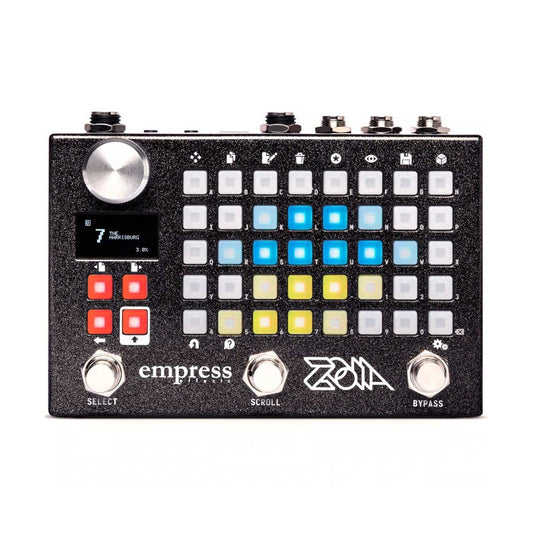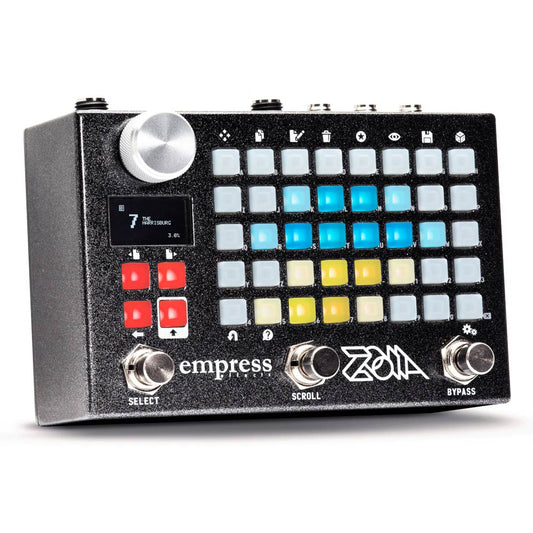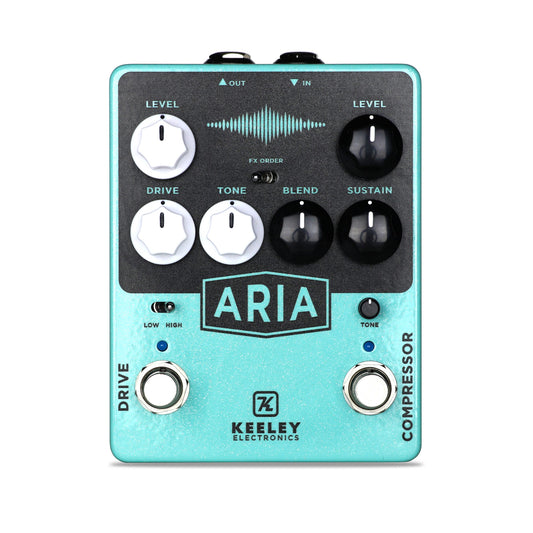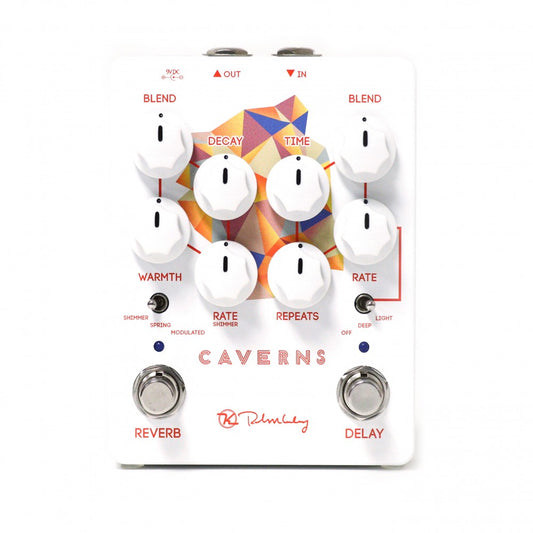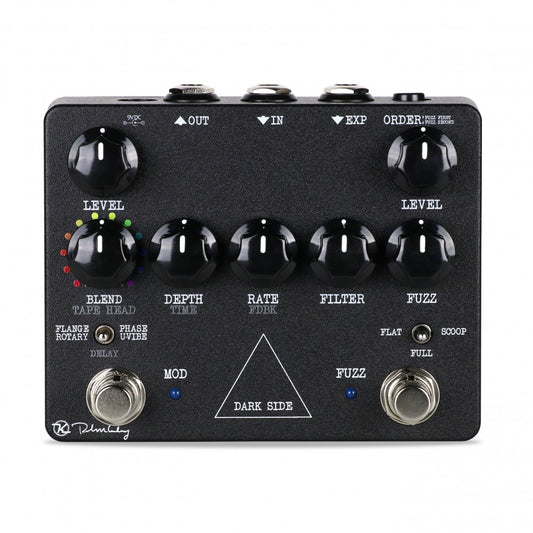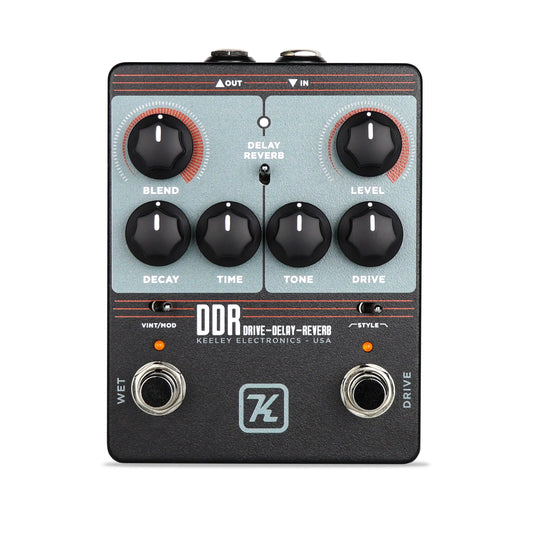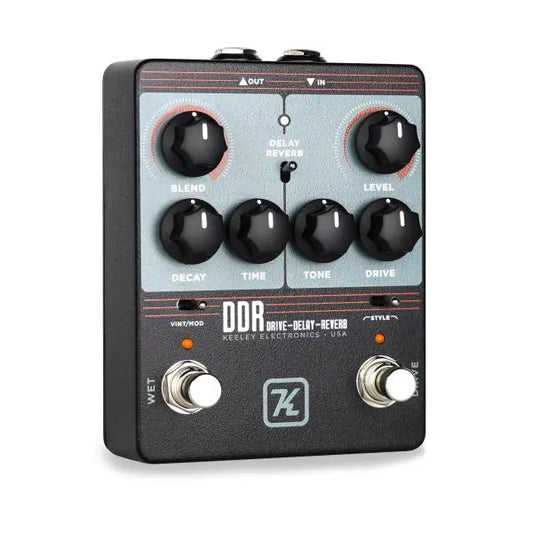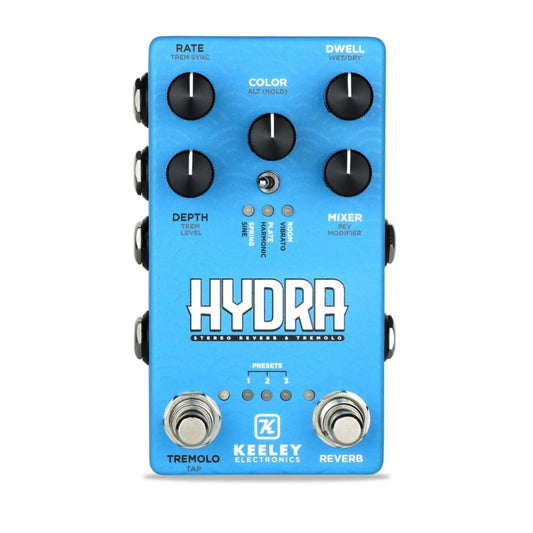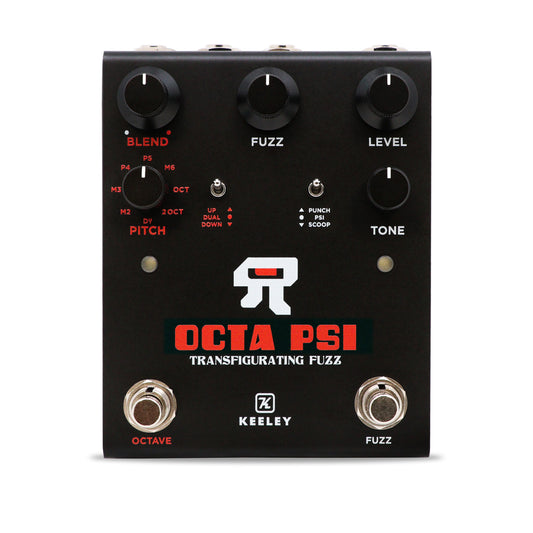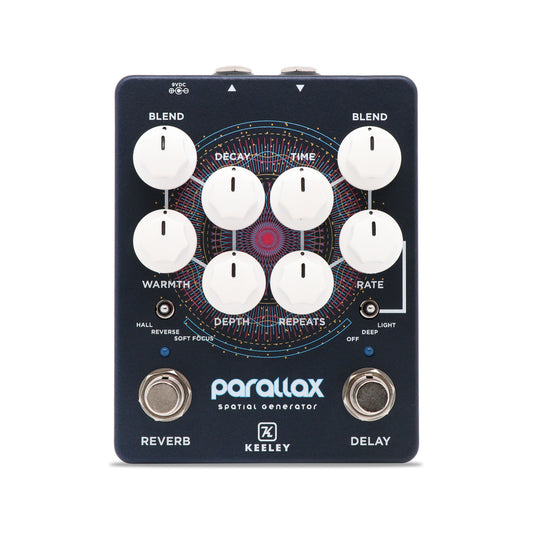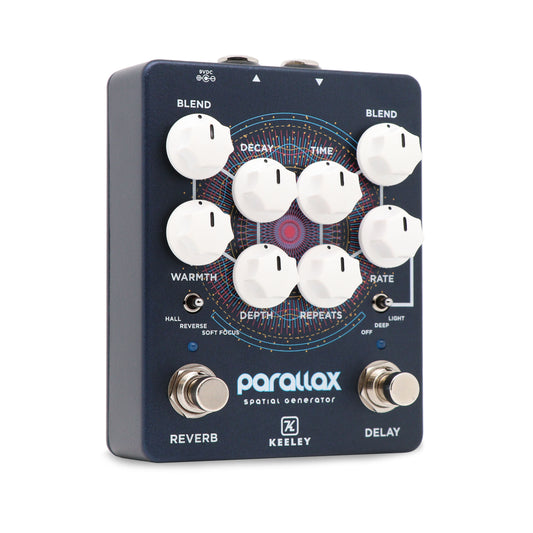Guitar multi-effect pedals are an excellent addition to every guitarists signal chain. They add versatility to your guitar playing and are portable, space-saving and perfect for guitarists looking for an easy and convenient way to produce a wide range of unique sounds.
Guitar multi-effect pedals offer guitar players convenience by providing a full range of effects without taking up too much space and in a single package. Some guitarists prefer the charm that individual effects pedals offer while others want a complete range of effects delivered by a multi-effects pedal. Multi-effects allow you to experiment with all the different sounds while exploring their sonic preferences.
Depending on which camp you fall in, you may benefit from the different types of multi-effect pedals available on the market. Which multi-effect you chose will depend on your wants, needs, and preferences as a guitarist. There are two main types of multi-effects pedals – digital and analogue. In general, analogue multi-effects pedals offer at least two effects and up to eight or so. On the other hand, a digital multi-effects unit can have dozens of effects plus amplifier and speaker modelling that can offer literally hundreds if not thousands of effects, amp and speaker combinations.
Some benefits of a multi-effect pedal include:
- Versatility – These pedals produces a diverse range of effects and sounds perfect for many playing styles and genres.
- Portability – Multi-effects pedals are easy to carry around making them more convenient than transporting large pedalboards when going to gigs or the studio.
- Cost-Effective – The cost of buying individual effects pedals can add up quickly. If you’re on a budget, a multi-effects pedal is a cost-effective solution to create different sounds without spending more money than you can comfortably afford.
What Does a Guitar Multi-Effects Pedal Do?
Simply put, a guitar multi-effects pedal can do much more than individual effects pedals. For starters, these pedals produce multiple effects all in one unit. They can create and deliver a collection of different effects that guitarists can use in a wide array of combinations. These pedals typically includes effects like wah-wahs, EQs, compressors, delays, reverbs, modulations like chorus, phaser, flanger, overdrives and distortions. In addition, many digital multi-effects units also have amplifier and speaker modelling. The guitarists also has access to many, many parameters allowing the fine tuning of a particular effect or effects and signal chain.
The key controls and parameters of multi-effects pedals include:
- Effects Selection
- Parameter Knobs (Gain/Drive, Rate, Depth/Intensity, Time, Feedback/Regen, Mix/Level)
- Preset/Patch Selection
- Expression Pedal
- Output Options
- Preset Editing
- Routing/Effect Position Options
Some types of multi-effect pedals:
- Floor Units
- Compact/Mini Units
- Rackmount Units
- Analog or digital
Where Does a Multi-Effect Pedal Go in the Chain?
You can place this pedal in multiple locations. Some examples include:
- Before the amp – The straightforward option
- In the amp’s effects loop – Utilize advanced routing options after the preamp section
- After certain pedals – i.e. distortion or overdrive pedals
- Experimentation – Place the pedal in different spots along the signal chain
How to Choose a Guitar Multi-Effect Pedal
Consider the following when choosing a new guitar multi-effects pedal:
- Create a list and compare options
- Make sure the multi-effects pedal has all the features that you need
- Does it fit within your budget?
- Is it durable and built to last?
Use these thoughts and questions as a guide to choosing the ideal multi-effects pedal for your guitar signal chain.

